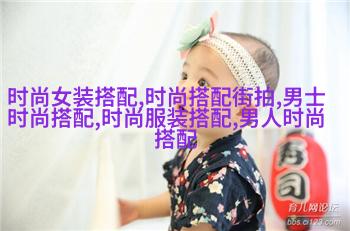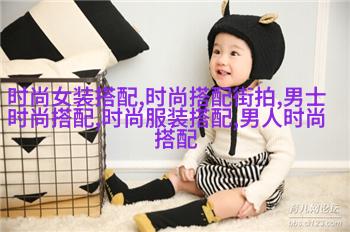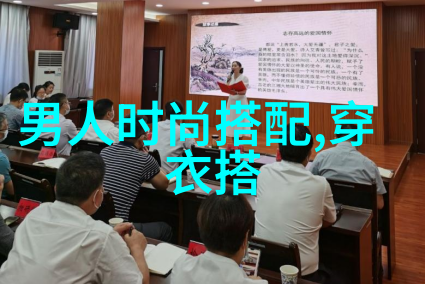绘龙之姿,坐江山中:探索历史上的权力象征与其背后的故事

在中国的朝代更替中,龙椅一直是最高统治者的象征,它不仅代表着皇帝的至高无上地位,更隐含着深厚的文化和哲学意义。江山为聘的龙椅h87,是一个具体存在于某一时期、某一朝代的龙椅,它承载了那段历史上的重量与荣耀。
龙椅之由来

dragons and phoenixes, the dragon chair is a symbol of imperial power and prestige. The dragon, in Chinese culture, represents strength and good fortune, while the phoenix stands for beauty and prosperity. Together they signify the harmony between heaven and earth.
权力的体现

The emperor's throne was not just a piece of furniture; it was an instrument of authority that could be used to intimidate or impress visitors. It represented the emperor's control over his subjects as well as his connection to heaven.
皇家工艺品

The construction of these thrones often involved intricate craftsmanship requiring great skill and patience from skilled artisans who were carefully selected by royal decree.
文化符号

Beyond its physical presence, the throne also held symbolic meaning within Chinese culture: it represented balance between yin (feminine) and yang (masculine), with the dragon embodying yang energy while the phoenix embodied yin energy.
历史事件中的角色
In history books, we find instances where emperors would use their thrones to make grand announcements or decisions that would shape future events - such as declaring war or peace with neighboring kingdoms.
现存古董展示国家尊严
Today in museums around China you can still see replicas or remnants of these historical chairs on display - testaments to a time when China ruled much of Asia through military conquests but also cultural exchanges that shaped world history forevermore



